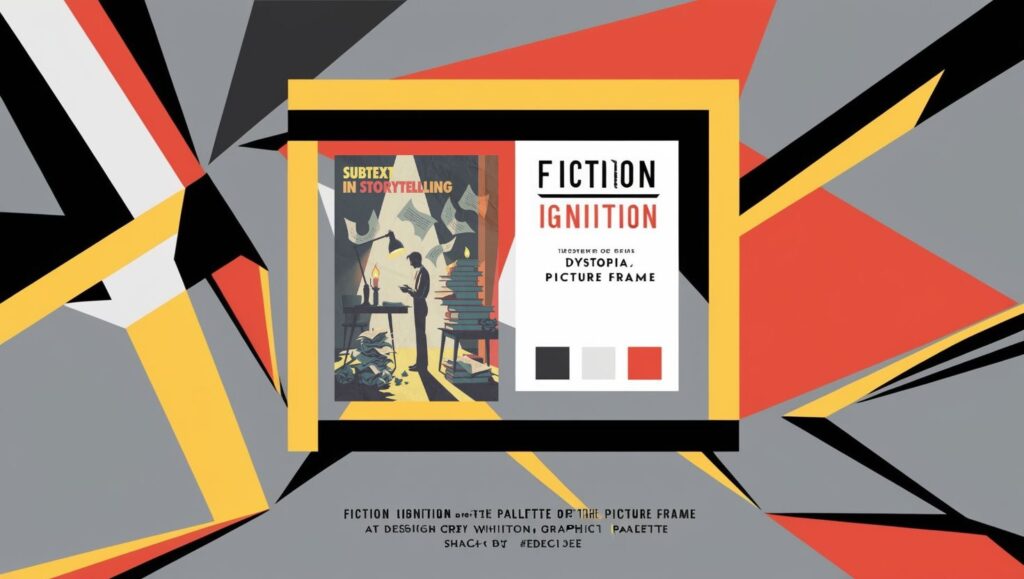Cryptic and shadowy greetings, my Fang-Inflicted Fiction Igniters!
Bram Stoker’s Dracula is the granddaddy of all vampire tales, but F.W. Murnau’s Nosferatu (1922) didn’t just adapt the novel—it transformed it. This wasn’t just about changing names to avoid copyright issues; Murnau’s changes actually made the story stronger, darker, and more thematically cohesive. One of the biggest improvements? Merging two major male characters into one and giving the vampire a deeper, more personal role in the story.
Two Men Become One: Why Combining Harker and Renfield Works Better
In Stoker’s novel, Jonathan Harker is the rational, composed protagonist who journeys to Dracula’s castle, while Renfield is the madman under Dracula’s influence, locked away in an asylum. Murnau’s Nosferatu cleverly fuses these two roles into one character: Hutter. This move adds layers of psychological complexity, making Hutter’s journey to Orlok’s castle feel more ominous and personal.
By giving Hutter some of Renfield’s madness, Nosferatu enhances the horror—he’s not just a naïve victim but a man whose grip on sanity is slipping. This fusion also raises the stakes emotionally, making Orlok’s influence feel more potent. Instead of Dracula spreading his menace across multiple characters, Orlok infects one central figure, tightening the story’s focus.
A Horror More Personal and Immediate
Nosferatu’s Count Orlok isn’t just another monster—he’s a walking plague, bringing both psychological and literal death wherever he goes. Unlike Dracula, who is portrayed as an aristocratic predator blending into high society, Orlok is an inhuman entity, a creature of the night that can’t be reasoned with. His grotesque appearance and eerie movements amplify the film’s surreal, nightmare-like quality.
Where Stoker’s novel often splits its tension among multiple plotlines, Nosferatu streamlines its horror. Every moment with Orlok is concentrated dread, making him feel more relentless and inevitable than Dracula ever did.
The Female Character: From Passive Victim to Story-Altering Hero
One of the most striking changes in Nosferatu is how the female lead transforms from a passive love interest into the linchpin of the entire story. In Stoker’s Dracula, Mina Harker is undoubtedly intelligent and resourceful, but she often serves as a victim or a prize to be protected. In contrast, Ellen Hutter (the Mina equivalent in Nosferatu) doesn’t just resist Count Orlok—she actively orchestrates his downfall.
A Heroine with Agency
In Nosferatu, Ellen is no mere damsel waiting for rescue. She takes control of the narrative in a way that Stoker’s Mina never fully does. Instead of being a passive recipient of Orlok’s evil, she learns about his nature and deliberately sacrifices herself to trap him. This moment shifts the emotional weight of the film: Ellen, not Hutter (the Jonathan Harker equivalent), becomes the story’s true hero. Unlike in Dracula, where male characters lead the charge against the vampire, Nosferatu gives its female protagonist the most significant and tragic role.
The Power of Self-Sacrifice
By offering herself to Orlok, Ellen embodies the ultimate act of self-sacrifice. This decision doesn’t just defeat the vampire—it reinforces the film’s themes of love, doom, and agency. Where Dracula relies on a group effort to vanquish the Count, Nosferatu presents a more personal, poignant climax. Ellen’s death, as the sun rises and destroys Orlok, feels inevitable yet heartbreakingly noble. It adds a layer of tragedy that Dracula’s climax, with its group of heroic men, doesn’t quite match.
A Blueprint for Future Female Leads
Ellen’s transformation into the true protagonist of Nosferatu set the stage for countless horror and fantasy heroines to follow. From Ripley in Alien to Buffy Summers in Buffy the Vampire Slayer, the idea of a woman taking charge and directly confronting evil has become a storytelling staple. Ellen’s self-sacrifice gave her more than just emotional depth—it made her the most important character in the film.
By making these changes, Nosferatu not only refines Dracula’s story but also elevates its female lead to a level of thematic and narrative importance that Stoker’s original novel never quite achieved.
So, Fiction Igniters, what can we learn from Nosferatu‘s bold rewiring of Dracula? Sometimes, the best way to adapt a story isn’t just to copy—it’s to distill, refine, and amplify its core themes. By merging Harker and Renfield into one character, Murnau deepened the horror, making the protagonist’s journey more personal and unsettling. By shifting the story’s emotional weight onto Ellen, he didn’t just update the damsel-in-distress trope—he created a tragic heroine whose self-sacrifice defines the narrative.
For writers, this is a masterclass in adaptation. Don’t be afraid to streamline, fuse characters, or change perspectives if it makes the story stronger. Sometimes, the best way to stay true to a classic is to reshape it into something even more potent.
Until next time, keep those creative flames burning, and remember—don’t write, ignite! 🔥









